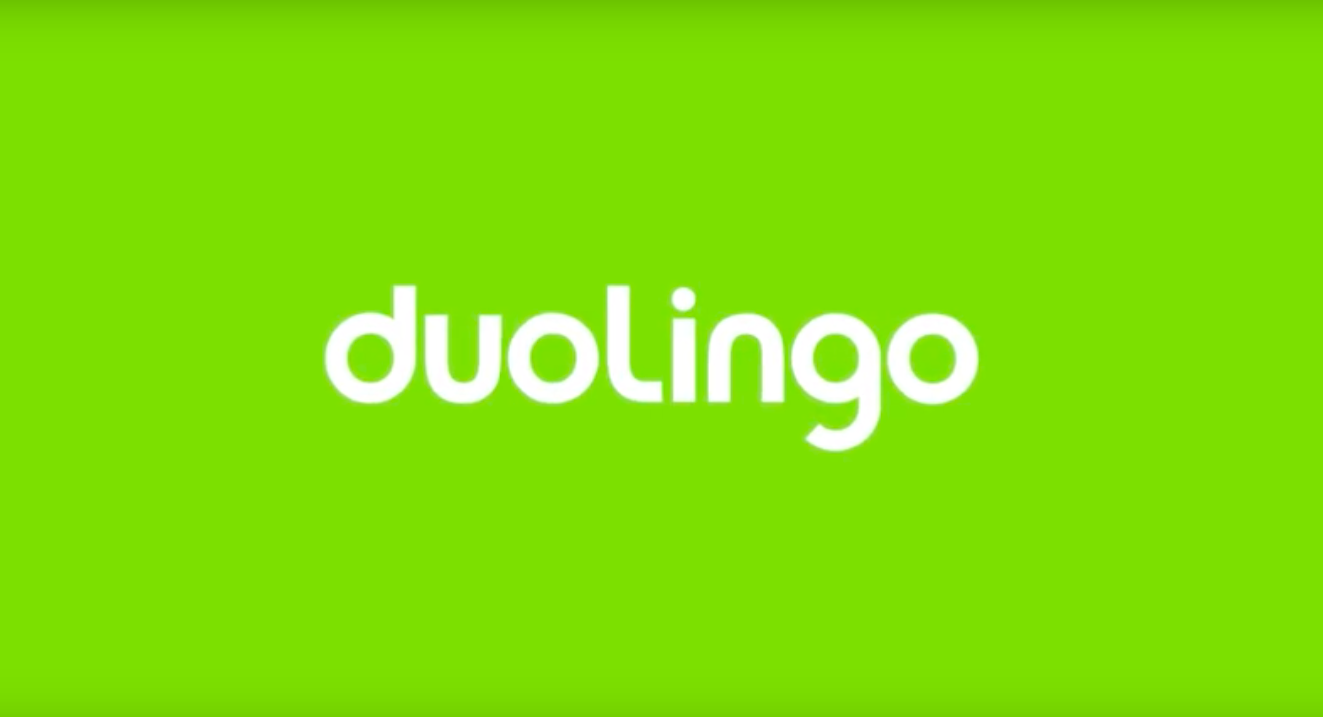
Most things about edtech are positive, but as history has repeatedly demonstrated, technologies are rarely used simply as intended. Technologies engineered for work, for example, have often been adopted for pleasure. Likewise, technologies engineered for pleasure have sometimes been put to work. Finally, in some cases, technologies designed with good intentions have been leveraged in unintended and even sinister ways. In short, the history of technology reveals that the intentions of engineers, designers, and programmers rarely determine how technologies are used once released. This article examines three frightening facts about edtech that reveal how educational technologies are already being used to promote a lot more than learning.
Frightening Facts About Edtech
Students and Faculty Are Under More Surveillance
If your school, college or university relies on a learning management system (LMS), whether you’re a teacher or student, you are now under a lot more surveillance than you were just a decade or two ago.
LMSs are designed to facilitate online learning in both online and on-site courses. For students, LMSs offer easy access to course materials anytime and anywhere. Teachers and college faculty rely on LMSs to archive lecture materials, keep track of student submissions, and post assignments. But those aren’t aren’t the only ways these program are impacting educators and students. LMSs also collect and store huge amounts of data about all users. Theoretically, this means that a professor who wants to know how many times a student has visited his or her course site can easily obtain such information. Likewise, the same professor’s dean could easily find out whether or not they are using the institution’s mandated LMS to teach their course. But students, educators, and their administrators aren’t the only people now watching.
Last year, Nancy Langton, the President of the University of British Columbia’s Faculty Association, drafted a letter outlining her concerns about the extent to which LMSs (at the time, UBC was migrating from Connect to Canvas) erode the privacy rights of students. As Professor Langston noted, activities that once took place in the classroom–between students and professors–now involve other people, including unknown administrators. As she wrote in her letter, “Students apparently sign over their privacy rights as a function of using the LMS. The consequence of this is that they can be tracked for every single thing they do within a course (how long they spent on the course website during the term, what assignments they did or did not complete, how they responded to various questions, discussions, etc.) It would be normal for the instructor to have access to these data, and also the TA, if a course has a TA. It would not be expected that University administrators have access to these same data, and both students and faculty members might not know that others also have access to these data.”
While Professor Langston was raising concerns about the situation at the University of British Columbia, her concerns are by no means unique to her campus. Most universities rely on an LMS and, in most cases, students and faculty don’t know for certain who actually has access to the information they share on these systems.
Your LMS Might Make You Vulnerable to Hackers
There is no question that as students and educators spend more time learning online, their personal information also becomes increasingly vulnerable to hackers. While an LMS may not appear to contain much personal information, in September, the FBI issued a public service announcement warning that LMSs are a storehouse of data that includes but is not limited to:
- Personally identifiable information (PII);
- Biometric data;
- Information on academic progress;
- Behavioral, disciplinary, and medical information;
- Web browsing history; students’ geolocation;
- IP addresses used by students; and
- Classroom activities.
Theoretically, hackers could use information obtained via an LMS to access other information about the individuals in question, or use the information to extort the same individuals in the future.
Intellectual Property Could Be At Risk
Most hackers aren’t interested in stealing a philosophy professor’s lecture notes or a physics professor’s diagrams. After all, what financial gain can be had from new thoughts on Socrates or magnetic ordering in spin models? While hackers might not care for such material, intellectual property (IP) is a growing concern for educators working at primarily online institutions, especially in the private sector. At not-for-profit universities, professors typically own their curricular materials and lecture notes. This is not necessarily the case at for-profit universities and as recently revealed, it may also not be the case when public and private institutions merge.
In August 2018, just as Purdue Global was about to kick off its first full school year, faculty revealed that they were being forced to sign an agreement with the new online university that would essentially assign ownership of any course materials to their employer. As stated in Purdue Global’s Confidentiality and Restriction Agreement, unless the university opted to waive the right, in the course of one’s employment, any “written, graphic, audiovisual, audio, visual or other works” produced for “education delivery at Purdue Global” will be “owned by Purdue Global as a work-for-hire and may not be used, duplicated or distributed outside of Purdue Global.” The clause essentially meant that lecture notes, exams, or illustrative diagrams used in a Purdue Global course could not be used by a faculty member to teach a similar course at a different institution in the future. After considerable pressure from the Purdue University chapter of the American Association of University Professors (AAUP), this clause was removed from the agreement. There is no guarantee, however, that similar IP issues won’t arise in the future, especially as private-public partnerships continue to become more common at the postsecondary level.









No Comments